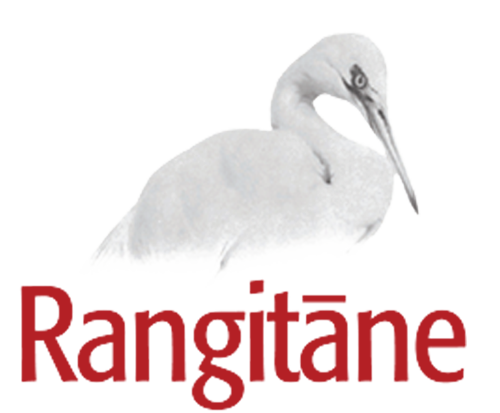Rangitāne o Wairau
Rangitāne have resided in the northern South Island for many generations since the arrival of their tupuna Te Huataki in the sixteenth century. Rangitāne have close whakapapa connections with other Kurahaupō iwi (Ngāti Apa ki te Rā Tō and Ngāti Kuia). Rangitāne established themselves as tangata whenua through conquest, intermarriage and assimilation with the tribes they found residing in the district. The maunga and awa in the region are the source of stories and whakatauki and in some cases embody their tūpuna.
Rangitāne occupied and used resources within a territory stretching from the Waiau Toa (Clarence River) in the south to the Wairau (Marlborough), including the Nelson Lakes, and north to Kaituna and the Marlborough Sounds and west into the Whakatū (Nelson) area. Rangitāne customary rights often overlapped and intersected with Kurahaupō and other iwi, especially in the Waiau Toa, Nelson Lakes, Marlborough Sounds and Whakatū districts. Whakapapa connections and customary protocols between the iwi governed non-exclusive and shared occupation and use rights in these areas.
Rangitāne communities were linked by a well-used system of trails across the interior, which also formed conduits for trade and means of contact with other iwi. Trade goods included pounamu (greenstone) and pakohe (argillite). The Nelson Lakes formed the hub of this extensive network of trails which connected Rangitāne with other tribal communities in Te Hoiere, Te Tai Aorere (Tasman Bay), Mohua (Golden Bay), Te Tai Tapu (the northern West Coast) and Kawatiri (Westport).
In the 1820s an alliance of musket-armed North Island iwi invaded Te Tauihu (northern South Island). Rangitāne (and the other Kurahaupō iwi) were defeated in a series of battles, and the northern iwi subsequently strengthened their rights through occupation. In Māori society defeat in battle did not result in the loss of all rights forever. Although they no longer had exclusive possession of all their territory and complete independence of action Rangitāne continued to live on the land, retained their tribal structures and chiefly lines, and maintained their ancestral connections with the whenua. There was also the opportunity for the recovery of status and the revival of rights as British rule began to take effect after 1840. The British later found that the Rangitāne chief lhaia Kaikoura sought recognition of Rangitāne rights and autonomy. In 1840, lhaia Kaikoura (and other northern chiefs) signed the Treaty of Waitangi at Horahora Kākahu, Te Whanganui (Port Underwood).
The underlying and unifying thread that ran through Rangitāne Treaty claims, presented to the Waitangi Tribunal at Tuamātene Marae, Grovetown in 2003, was that after 1840, the Crown and the Native Land Court not only consistently failed to investigate the nature and extent of Rangitāne customary interests, but also wrongly characterised the iwi as a defeated ‘remnant’ without rights. This, it was asserted by the iwi, made the subsequent impoverishment and marginalisation of their people all but inevitable.
Rangitāne Deed of Settlement with the Crown contains several key Crown acknowledgements dealing with broad and specific issues. The Crown acknowledgements are based on Rangitāne historical research, the Tribunal’s findings, and agreements reached during a lengthy and often difficult negotiation process with the Office of Treaty Settlements.
Te Rūnanga a Rangitāne o Wairau was first established in 1861 by Rangitāne leaders as a forum for representing early land issues caused by landlessness amongst the Māori of Marlborough. Te Rūnanga a Rangitāne o Wairau has continued to provide representation and advocacy for Rangitāne iwi members across a range of social and political issues affecting Rangitāne o Wairau.
Our Rohe
The rohe of Rangitāne o Wairau commences at the mouth of the Wairau River, extending northwards to Te Anamāhanga (Cape Lambert, Port Gore), northwest to Rangitoto ki te Tonga (d’Urville Island), encompassing Whakatū (Nelson) and Waimeha. Following the Motupiko River to Rotoiti and Rotoroa (Nelson Lakes), our southernmost boundary follows Waiau Toa (Clarence River) to its mouth. From there, it commences on a northwards journey through Kekerengu, Te Karaka (Cape Campbell), Kaipara Te Hau (Lake Grassmere), Paranui-o-Whiti (White Bluffs) and Wairau Lagoons.

